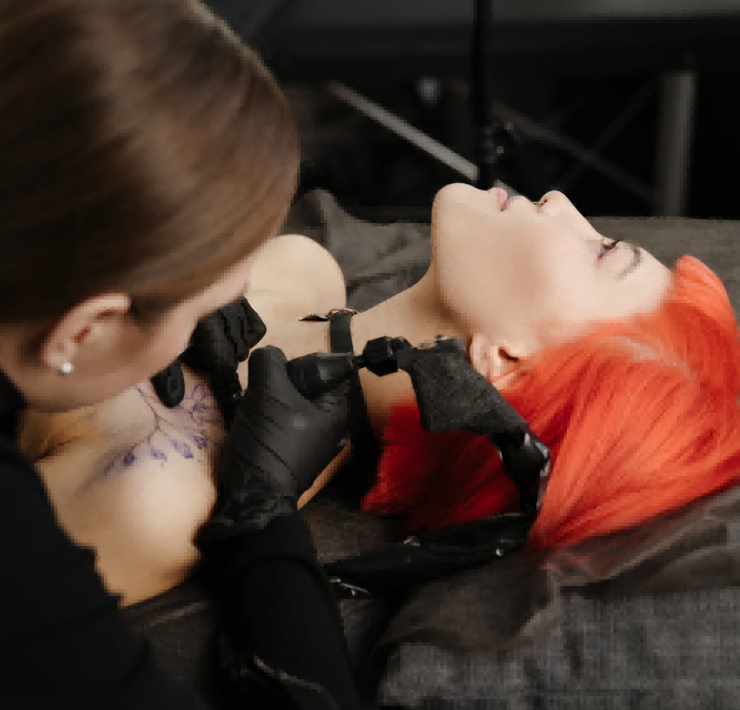The Science of Healthy Hair: Proven Methods for Stronger, Shinier Locks

Almost everyone yearns for beautiful, healthy hair. Whether you’re blessed with spiraling curls, gentle waves, or sleek straight strands, understanding the science that underpins hair health can revolutionize your daily routine. With knowledge as your foundation and consistency as your tool, you can transform your hair’s condition regardless of its type or current state.
Understanding Hair Structure and Growth
Hair is remarkably complex beneath its simple appearance. Each strand is built of three distinct layers: the cuticle, a protective outer shield; the cortex, which provides strength and houses your hair’s natural color; and sometimes the medulla, a central core. Your hair follows a life cycle through three phases: anagen (active growth), catagen (transitional), and telogen (resting). What makes hair fascinating is that each strand cycles independently. Your genetic makeup, age, hormonal balance, and environmental exposures all play crucial roles in determining how your hair grows and maintains its health.
Everyday Habits That Impact Hair Health
Your daily choices profoundly affect your hair’s condition. Over-washing strips away protective oils, while scalding water damages the delicate cuticle layer. Perhaps most damaging is heat styling, which creates microscopic cracks along the hair shaft. Consider embracing air-drying when your schedule allows, detangling wet hair with a wide-tooth comb rather than a brush, and gently blotting with a microfiber towel instead of rough-drying. One of my clients noticed remarkable improvement simply by lowering her shower temperature and limiting heat styling to twice weekly—her formerly brittle ends transformed within just a month.
Nutrition and Its Role in Hair Strength
Your diet directly influences your hair’s health from the inside out. Critical nutrients include:
* Protein, which forms the very foundation of hair structure
* Iron, essential for delivering oxygen to hungry follicles
* Vitamins A, C, D, and E, which promote healthy growth and shield against environmental damage
* Biotin and omega-3 fatty acids, nature’s enhancers for strength and natural shine
While supplement aisles are filled with hair-growth promises, the American Academy of Dermatology emphasizes prioritizing whole foods, which offer superior nutrient absorption alongside additional health benefits.
Choosing the Right Hair Care Products
Selecting effective products begins with truly understanding your unique hair type. Beyond the basic categories (straight, wavy, curly, coily), consider your hair’s porosity, density, and specific concerns like moisture deficit or damage repair. Become an ingredient-aware consumer by learning to recognize harsh sulfates that strip natural oils, silicones that create stubborn buildup, and beneficial ingredients like nourishing oils and strengthening proteins. The most trustworthy products typically feature transparent ingredient lists and avoid making extravagant claims that sound too good to be true.
Techniques for Effective Hair Styling
Different hair textures demand tailored styling approaches. Curly hair thrives with diffusing or patient air-drying, while straight hair often benefits from strategic volumizing techniques. Those with textured hair can preserve strand integrity through protective styling that minimizes daily manipulation. For optimal results, experts frequently recommend that you style your hair with pro-grade products, specifically formulated to protect hair integrity while delivering lasting hold and natural shine. Mastering proper technique often yields better results than layering numerous products.
Common Hair Care Myths Debunked
The hair care world abounds with scientifically unsupported beliefs. Despite popular advice, regular trims don’t accelerate growth—they simply remove damaged ends to prevent further splitting. The old recommendation to brush hair with 100 strokes daily has been thoroughly disproven; in fact, excessive brushing often leads to unnecessary breakage. Another persistent misconception is that natural ingredients are inherently gentle—some, like lemon juice and baking soda, can severely disrupt your hair’s delicate pH balance and cause long-term damage.
Key Takeaway: Prioritize gentle handling, appropriate products for your specific hair type, and consistent care rather than chasing unproven “miracle” techniques or trends.
Signs of Unhealthy Hair and When to Seek Help
Be vigilant for warning signs including unusual shedding (exceeding 100 strands daily), noticeable breakage, stubborn dryness, or scalp issues like persistent itching and flaking. While occasional challenges are perfectly normal, symptoms that don’t resolve with improved home care warrant professional attention. Dermatologists or trichologists can identify underlying conditions that no amount of at-home treatment will address effectively.
Building a Sustainable Hair Care Routine
Truly healthy hair emerges from understanding your unique needs, embracing gentle handling, selecting appropriate products, and practicing safe styling techniques. Remember that consistency ultimately matters more than complexity. Many find it helpful to maintain a simple journal of products and techniques that work particularly well for their hair. With patience and informed care, achieving the strong, radiant hair you desire is entirely possible—because at its core, healthy hair is beautiful hair.








